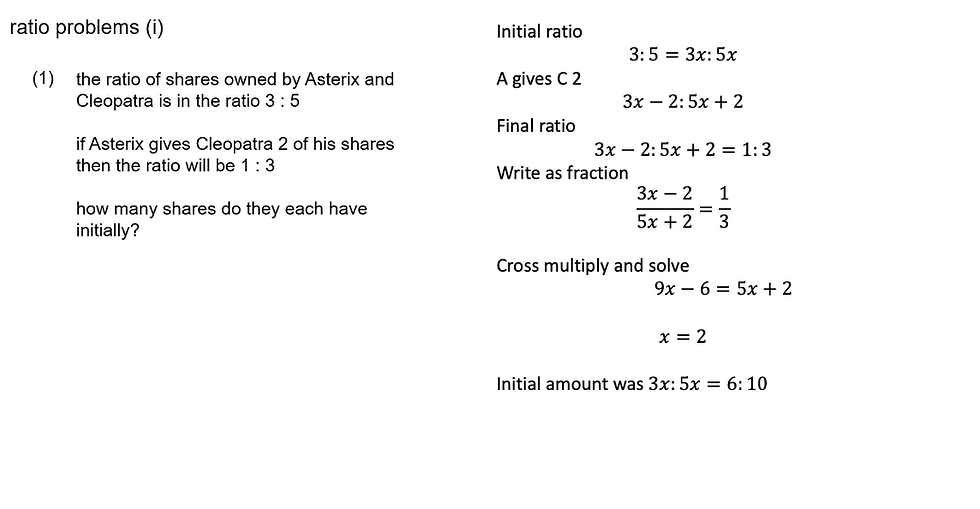Repeated Percentage Change With Multipliers
- mrcowardmaths
- Feb 3, 2021
- 1 min read
This task is designed to help pupils understand repeated percentage change when neither a principle nor final amount is given. Students must convert between a percentage increase and a multiplier fluently.
The first six rows all have percentages that add up to 45%, this is then revisited in section 2, what is the biggest overall percentage increase you could have for two percentage increases that add to 45%. This is intended to avoid any additive misconceptions for repeated percentage change.
Furthermore, rows 9, 10, and 11 with a follow-up question in section two might prepare students for compound interest problems or could be used to build connections if this topic has already covered taught.
The tasks include opportunities for learner-generated questions, working backward, and insights into similar areas and volumes.
Hopefully, this task is of some use to you. I would love any feedback, both positive and constructive.





Comments